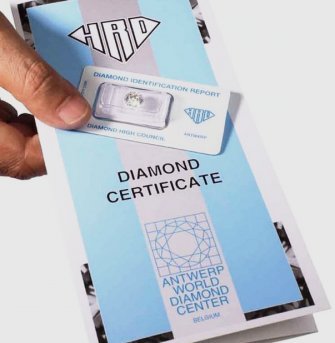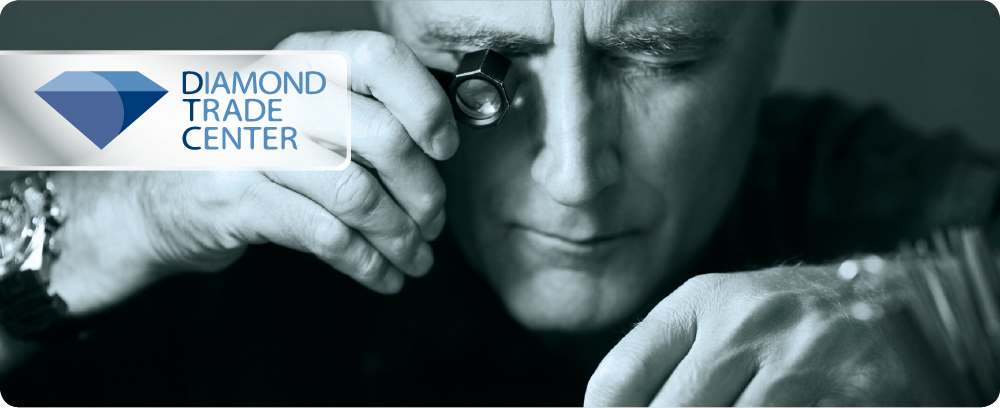
Článek: manufacturing, certification... 19. 9. 2013
manufacturing, certification
Mined
and graded natural diamonds make their way through the principal
trading centres, such as De Beers’ ‘sights’ in London and
Gaborone (Botswana), the Dubai
Diamond Exchange (United Arab Emirates), the Shanghai
Diamond Exchange, and the Israel Diamond Exchange, to one of the
manufacturing centres in India, China, the USA, Belgium, Israel, and
Armenia. There the diamonds are cut, polished and submitted for an
expert’s opinion in an authorised certification laboratory. The
diamond certificate (diamond grading report) above all explicitly
proclaims that the crystal examined is a natural cut diamond. Without
giving any price, it specifies the quality evaluated according to the
standard four C´s classification criteria: carat weight, cut,
colour, and clarity, along with other important parameters.
Certificates for coloured (fancy) diamonds confirm the colour’s
natural origin and, as the case may be, any modifications to the
diamonds. In addition the diamond certificate gives the standard to
which the report was carried out including the expert’s
registration number, together with the date and personal signature of
the appraiser responsible. The leading gemological laboratories have
their professional establishments in the main world diamond trading
centres (Dubai, Shanghai, New York, London, Antwerp, Ramat Gan, and
Hong Kong). Customers usually have remote access (internet) to the
database of the appropriate laboratory, where they can verify the
authenticity of their certificate and thereby also the diamond. Among
the leading gemological establishments are the Gemological Institute
of America (GIA), HRD Antwerp, the
International Gemological Institute (IGI),
and others. The quality of the diamond, confirmed by the certifying
laboratory, is the basis for determining the diamond’s value. The
wholesale and retail price, as well as the overwhelming majority of
traders, are guided by the weekly updated rates of the Rapaport
Diamond Report, New York, sometimes also called the bourse price
list. In effect, it is possible to trade diamonds all over the world,
from the diamond bourses associated under the World Federation of
Diamond Bourses (WFDB) to diamond
clubs (the New York DDC, London, Johannesburg, and Sydney) and
independent traders.
